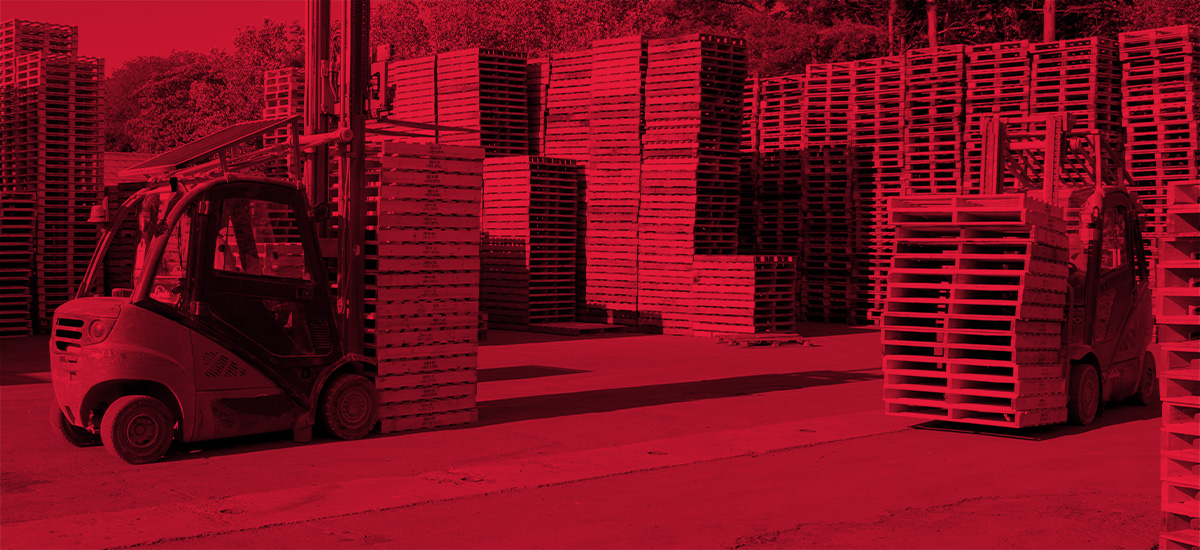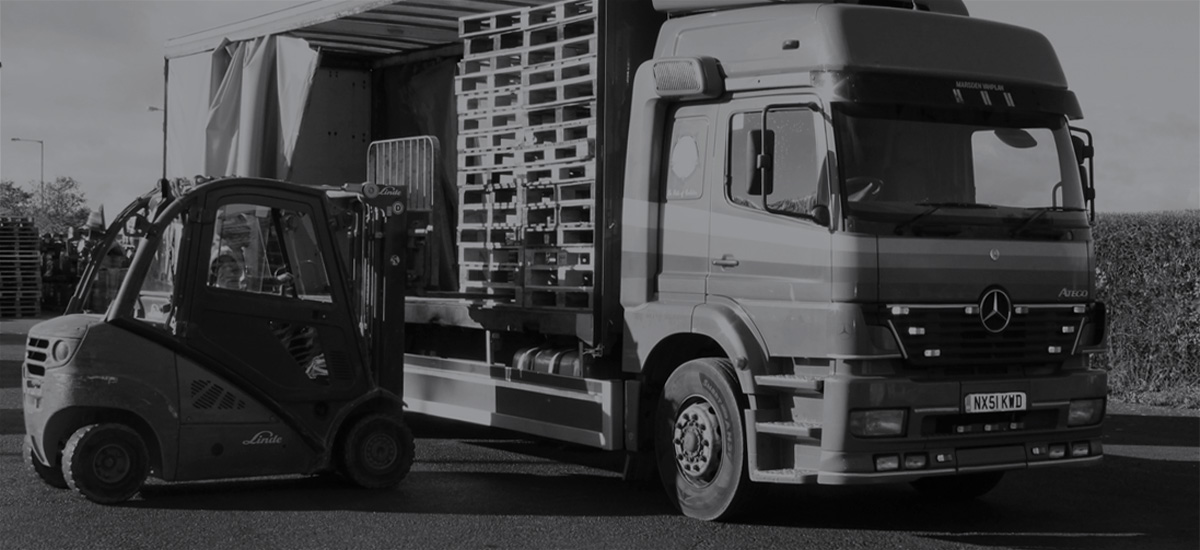Every day we are told we should be recycling more, but should the emphasis for waste reduction look at reuse more? RPS believes so.
No two people have the same perspective on reuse and recycling, however we all seem to be gradually coming to terms with the fact we need to start changing our thought process when considering waste and in turn our planet’s natural resources.
Reuse is not a new concept by any means. In history, at times of austerity many have had to make do and mend, however since the mid-20th century our society has followed a linear economy encouraging us to take, make and dispose.
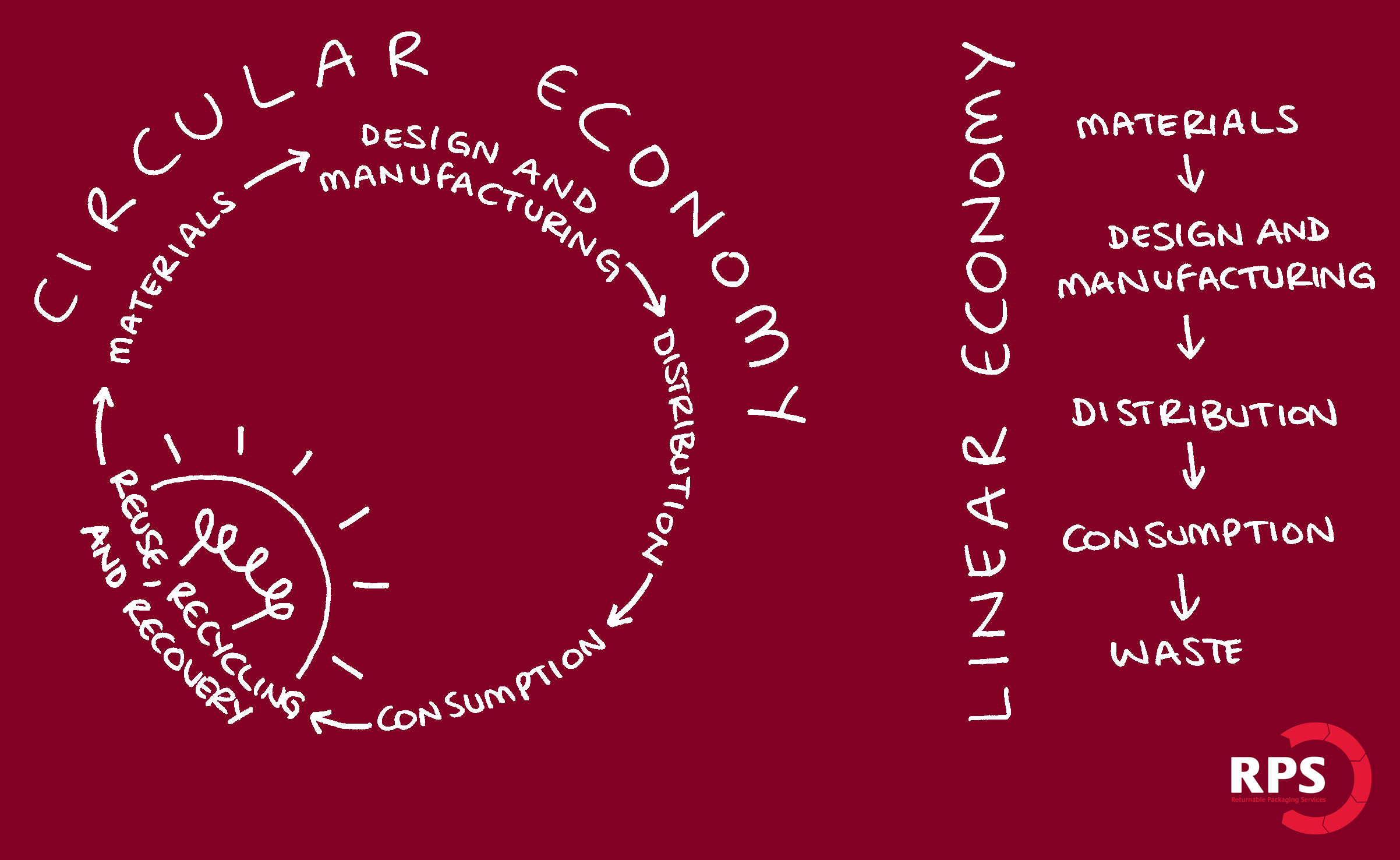
We’ve made some positive changes over the last decade, so the question now is what can we do to maintain and improve our waste reduction?
The EU’s waste hierarchy underpins how waste is handled in the UK. It positions the best environmental options at the top, reduce and reuse, moving down to the least preferable option of disposal.
In line with the waste hierarchy there has been an increasingly high focus on reducing the quantity of materials during manufacture. This helps to reduce the use of dwindling natural resources and reduce the manufacturing costs of products.
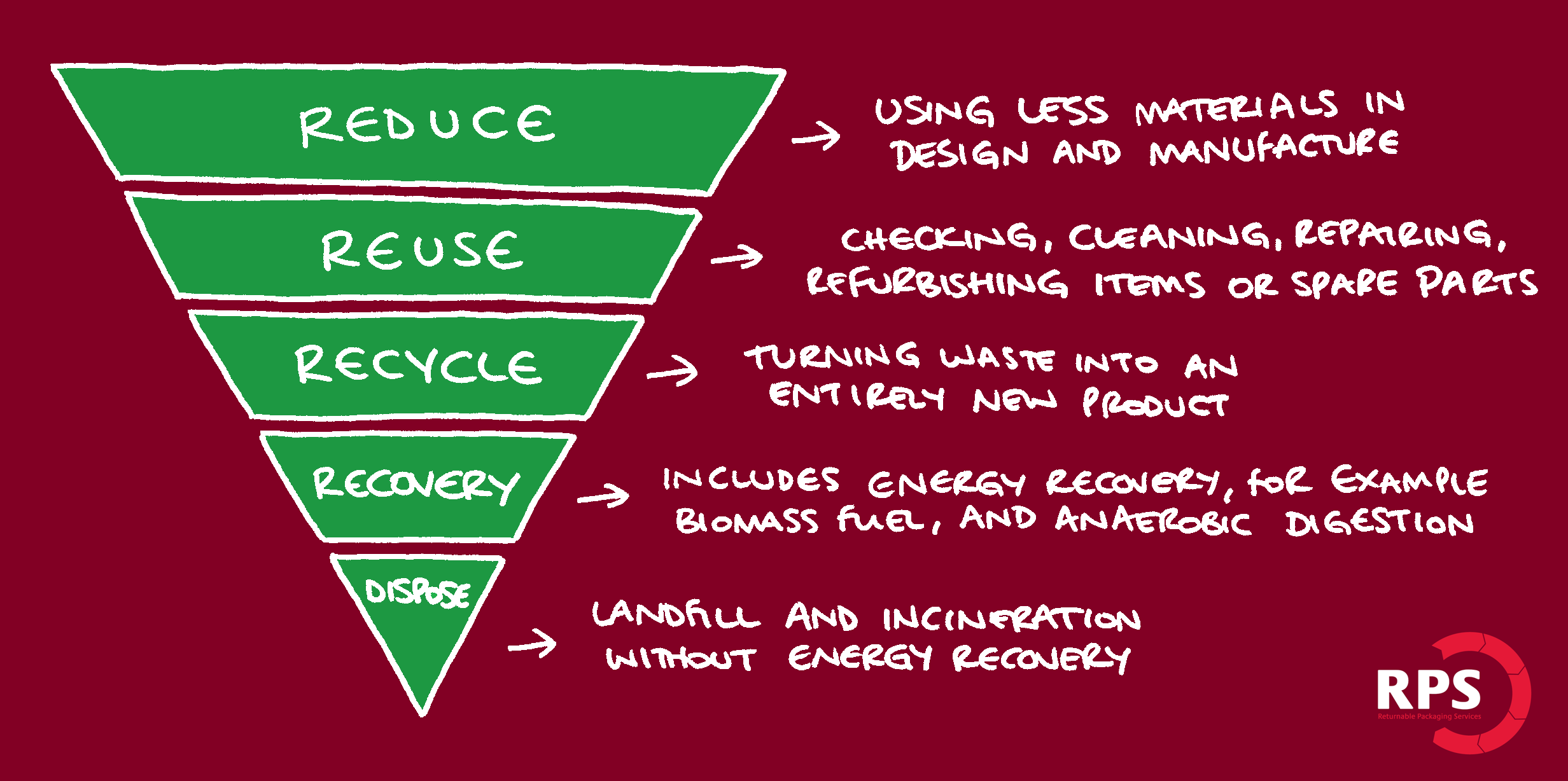
Industrial packaging manufacturers might, for example reduce the thickness of a steel drum to save on raw materials. Initially this may save money and materials but the drum might only have single trip capability rather than being used multiple times.
This is where RPS believes reuse is a key driver to reducing waste. Products that can be reused several times help to support a productive and sustainable economy.
There are additional benefits beyond saving raw materials and money. Reuse also helps to reduce pollution, reduce disposal and promotes a good corporate social responsibility.
Consider a wooden pallet – by applying the top waste hierarchy option of reduce you may make pallet boards thinner to save on materials, however it might limit the pallet to a single trip. Without excessive repair this pallet will most likely not survive multiple journeys and will need to be recycled or scrapped.
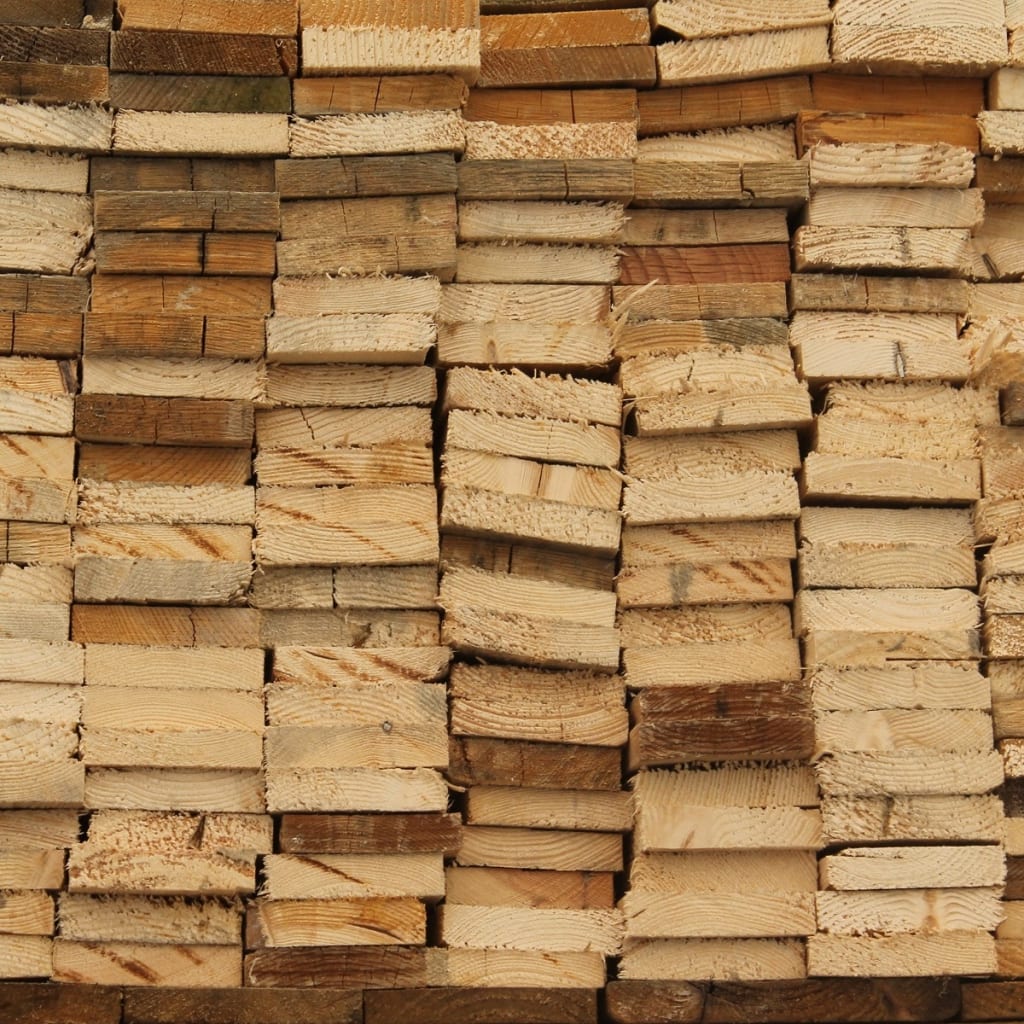
It would make more sense to improve the pallet’s integrity, perhaps by making boards slightly thicker, to give the pallet a chance of reuse. Amplifying the pallets capability will give it the chance to be used multiple times and ultimately reduce the required volume of new products and in turn reduce waste.
Once a pallet can no longer be reused the wood can be recycled into animal bedding or used for biomass fuel for energy recovery.
We’re slowly returning to a circular economy, which means materials are either being reused or recycled into usable products, rather than throwing them in the bin.
Reducing waste is still important but by reusing products, like pallets, we can maximise the lifespan of existing items which is ultimately better for the environment.
Do you think reusing products and materials should be given higher priority on the waste hierarchy? Let us know your thoughts on reuse by tweeting us @RPS_Limited.


